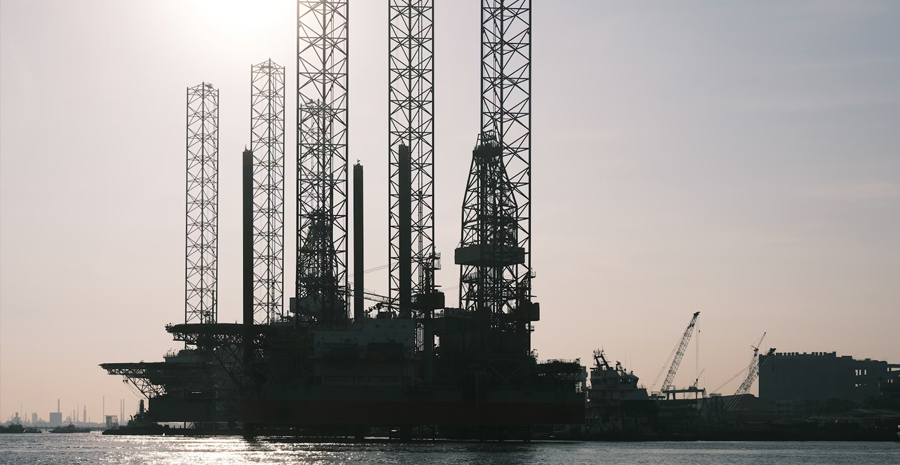The global oil market is at a crossroads, facing the dual pressures of slowing demand and increasing supply. Oil demand is slowing primarily due to the rise of electric vehicle adoption and renewable energy. Among oil products, gasoline demand is expected to peak around 2028 as markets like China, Europe, and California shift towards electrification, with growth expected to fall significantly in the coming years. However, emerging markets like India and sectors such as petrochemicals and aviation are expected to help stabilize demand in the medium term, even as long-term consumption begins to plateau and gradually decline.
On the supply side, the International Energy Agency (IEA) projects that global production will exceed demand by over 8 million barrels per day by 2030, potentially placing downward pressure on prices. Despite this looming surplus, capital investment in oil production remains high, with global capital spending on oil and gas exploration and production projected to rise by 7% in 2024 to reach $570 billion, following a 9% increase in 2023.
The Organization of the Petroleum Exporting Countries Plus (OPEC+) continues to manage supply through production cuts and coordinated supply management to maintain price stability. They cut production when prices are below desired levels and increase production when there’s more demand in the market to support prices. It is worth noting that OPEC+’s market share has decreased as non-OPEC producers, particularly in the U.S., have ramped up output. This has led to a decline in OPEC+’s influence on oil markets.
The U.S. has been a major contributor to the overall ramp-up in global supply as well as the decreased dominance of oil production by OPEC+ countries. Over the past decade, the U.S. has made significant strides toward achieving energy independence and is now the world’s largest oil producer. This shift means that the U.S. has increasingly reduced its reliance on foreign oil, a trend that will likely persist. With the U.S. now better positioned to meet its own energy needs, it faces fewer external dependencies, making it more resilient to global supply fluctuations.
Slowing oil demand can have positive effects on a variety of areas of the economy. Lower oil prices have recently helped in the fight against inflation; if lower oil prices are here to stay, this will continue to dampen inflation. An ample supply of oil will help reduce transportation and other input costs for businesses, boosting profits and stimulating economic growth. Additionally, drivers are recently enjoying lower costs at the pump, and if prices of oil continue to trend lower over the longer run, it will help consumers save and spend more in other areas. Overall, strong supply and weakening demand for oil can have positive long-term impacts on both consumers and businesses.
Sources
- Oil Faces a Demand Issue. Biggest User Segment to Peak in 2027 | BloombergNEF (bnef.com)
- APPEC: Oil prices not staring at ‘boom’, but ‘bust’ is also not near | S&P Global Commodity Insights (spglobal.com)
- Peak oil demand is still a decade away | Goldman Sachs
- The world could soon see a massive oil glut. Here’s why. – CBS News
- World faces ‘staggering’ oil glut by end of decade, energy watchdog warns – OGV Energy
- Latest Oil Market News and Analysis for September 4 – Bloomberg
- Slowing demand growth and surging supply put global oil markets on course for major surplus this decade – News – IEA
- OPEC+ has oil price and demand problems. It should solve demand | Reuters
- Global upstream spending growth expected to slow, but remains well above climate targets: IEA | S&P Global Commodity Insights (spglobal.com)



